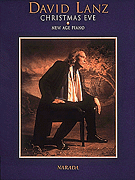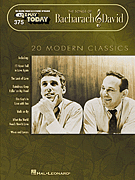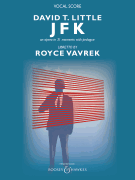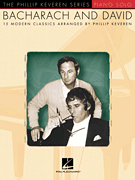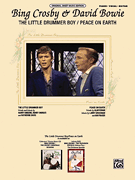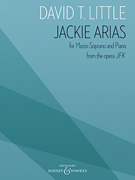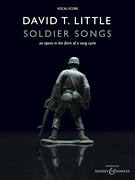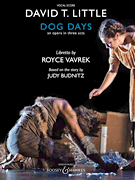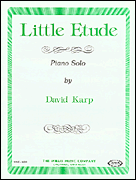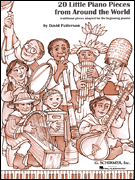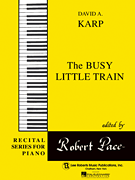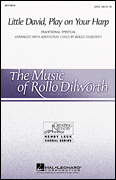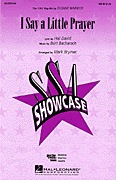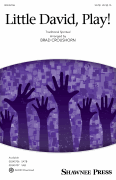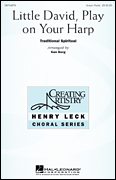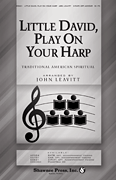Search Results for: “Little David”
Loading...
O Little Town Of Bethlehem View 349 Products
Have Yourself A Merry Little Christmas View 263 Products
I Say A Little Prayer View 134 Products
Wives And Lovers (Hey, Little Girl) View 57 Products
Heroes View 35 Products
Three Little Words View 28 Products
Only You View 23 Products
Jesus Loves The Little Children View 20 Products
Last Night View 20 Products
Little David, Play On Your Harp View 14 Products
A Little Time View 12 Products
It Only Hurts For A Little While View 5 Products
Little David View 5 Products
Little Dreamer View 4 Products
My Little Moonbeams View 3 Products
Little David, Play! View 3 Products
Harps And Wheels (With 'Little David, Play On Your Harp' And 'Ezekiel Saw The Wheel') View 3 Products
Little Rondo View 3 Products
Little Guitars View 3 Products
Little David, Play On Your Harp View 3 Products
Little Guitars Intro View 2 Products
Little David Play On Your Harp View 2 Products
I'm A Little Teapot View 1 Product
Mary's Little Lamb View 1 Product
